Tone’s been busy. The arts nonprofit organization is dedicated to “elevat[ing] Black artists as innovative thought leaders, courageous storytellers, and risk-taking problem solvers through intentional exhibitions, conversations, concerts, and artist development, “with the goal of “shift[ing] the culture of Memphis through groundbreaking art, media, and communication that centers Black experiences in our city’s past, present, and future.”
To accomplish that goal, Tone has to keep a lot of plates spinning. The latest exhibition at their Orange Mound gallery, which opened on June 8th, is called “Invisible Man.” The theme for the group show, featuring artists from inside and outside Memphis, is deconstructing concepts of masculinity. “We’ve chosen that name because the essence of the exhibition is inspired by Ralph Ellison’s book Invisible Man,” says curator Kylon Wagner.
Tone’s annual Juneteenth celebration has become wildly popular. This year, it will stretch into three days, from Friday, June 14th, to Sunday, June 16th. It will feature the biggest lineup of entertainment yet and give attendees a preview of the latest developments in the organization’s grand opus: The transformation of a derelict Purina animal feed factory into an innovative center for Black arts, wellness, and entrepreneurship called Orange Mound Tower.
Sitting in the freshly renovated offices of the Tone gallery in Orange Mound, Tone executive director Victoria Jones says sometimes her organization’s ambitious agenda of community transformation can feel overwhelming. “It’s been going, it feels like hyper speed some days. We at Tone internally have really had to focus on building capacity so we could take on the project — not just take on the development of the project, but once it exists in its full capacity, actually grow into that larger space. And so, we have been working on capacity building for our staff, which has led to some really great partnerships with the Mellon Foundation, where we’ve been able to get everybody an honorable salary, wages, and healthcare. Obviously, that’s gonna change the morale of a team! So that’s been really exciting. We have had an opportunity to work with folks like the Memphis Music Initiative, who led the [office] renovation back here for us. … It’s a strong, solid team right now. We’re really learning our systems differently. Because we’ve been such a young, kind of scrappy organization that we were just like, ‘Ooh, let’s try this. Ooh, let’s try that.’ But now we’re learning what it means to actually build out systems, plan for the future, and see those things through. We’re learning what accountability structures could look like, and that’s been giving us space for our imaginations. I think that was a fear for me — and that could be my own Aquarius nature — that systems would block some of that imagination work. But we’ve understood, with the systems we’re beginning to implement, it actually gives the imagination space to grow and see the visions through.”
Juneteenth
1862 was not a good year for the United States. The Civil War was raging, and things were not going to plan for President Abraham Lincoln. In the East, Confederate General Robert E. Lee’s army was menacing Washington, D.C., and Lincoln was firing a succession of failed generals. Things were going better in the West, where General Ulysses S. Grant’s campaign to deny the Confederacy access to the Mississippi River had led to the capture of Memphis. But the cost was great, and Grant’s forces were getting bogged down laying siege to Vicksburg, Mississippi.
In early September, the two armies fought to a draw at Antietam, Maryland. It was the single bloodiest day in American history, with more than 27,000 dead, wounded, or missing. But it halted Lee’s invasion of the North, at least temporarily. On September 22nd, to capitalize on the victory, and give his abolitionist supporters the moral crusade against slavery they craved, President Lincoln announced the Emancipation Proclamation. Effective January 1, 1863, all slaves in the Confederate territories would be henceforth free. As the news of liberation spread, many enslaved Black people in the West ran away and flocked to newly liberated Memphis, altering the city’s demographics forever.
But many of the enslaved, who had been purposefully kept ignorant by their masters, didn’t know about the emancipation. Even after the Confederacy surrendered in April 1865, slavery continued in then-remote places like Texas. On June 19, 1865, Major General Gordon Granger landed in Galveston, Texas, to begin the military occupation and Reconstruction, and informed the people of Texas that “In accordance with a proclamation from the Executive of the United States, all slaves are free.” In the years that followed, the more than 250,000 Black people liberated that day started calling the holiday Juneteenth. The National Museum of African American History and Culture calls it “our country’s second Independence Day.”
Since it was founded as The CLTV, Tone has made Juneteenth their day of celebration. “We don’t have that many holidays that center our experience in general,” says Jones. “We have had to create Juneteenth. I think it’s our first opportunity to begin to truly celebrate freedom, even before it’s been fully won — ’cause I feel like we still got a little ways to go. It’s an opportunity for us to take a pause and go all the way up for what our ancestors had to go through, what our elders have walked us through, and what we can do in the future. It feels a lot like a real opportunity to celebrate this baton that’s been passed generation to generation. … Slavery didn’t happen a super long time ago, as much as we want to feel like it was some distant experience. My grandmother was raised in a home with someone who was enslaved as a child. The way that affects my family, and the ways I understand generation to generation what had to be sacrificed for my bloodline to be where it is right now, I don’t know of another holiday that would give me room to reflect on that, celebrate that, lift that up, love on the ancestors that had to go through that, and imagine what we can still be working on and doing going forward.”
In 2021, the festival debuted at 2205 Lamar Avenue, a long-vacant, blighted post-industrial site that featured a tower visible from all over the historic Orange Mound neighborhood. “That was the first festival,” says Jones. “We’d done one Juneteenth celebration before that. It did not include a festival. We outfitted this space to do a big gala. Then, after Covid, we thought we needed to bring it outdoors. What could an outdoor celebration look like? Should we try a festival? Can we do a festival?”
The 2021 Juneteenth festival was an unlikely success. Jones recalls a bartender, hired that first year, in a panic wondering how they were going to accommodate thousands of people in a place with no power and no working bathrooms. Unapologetic, Tone’s partner in the Orange Mound Tower project, provided the entertainment. The gathering went a long way toward putting Tone on the map of Memphis arts orgs. “It’s grown substantially each year,” says Jones. “Even with the rain that hit last year, we saw a huge boost in attendance and participation from the artists and headliners we had selected. It’s been a fun growth to watch.”
One of Tone’s goals for the festival is to make it a sort of Black homecoming, attracting people who have left Memphis to come back. “We’re wanting to name Memphis as the cultural beacon of the South, but wanting to do that in connection with other cities,” says Jones. “If we’re thinking about the emancipation of Black folks and that entire experience, the thought that the country as a whole can reckon with any kind of post-racist experience and not have that reckoning happening here in the South is null and void.”
When designing the celebration, Jones says the organizers asked themselves, “How do we participate in and help launch some of those efforts to offer up space for Black folks to be healing, and inviting folks from the South to participate in that? And then essentially hoping that the festival and we can become so large that it’s a true beacon back home, an invitation to come back home, if it’s for the weekend or if it’s for longer. Come back home; help build this new future with us. Juneteenth really gives us that opportunity. We are watching folks pull up for that weekend and get a taste of Memphis. It’s folks who might not have been here for a long time and are like, ‘I didn’t know this was happening here. I didn’t know these folks were here. I didn’t know this community was here.’”
Appropriately, for a Black homecoming celebration, Juneteenth 2024 kicks off with a game of Spades. How did the card game get so popular in the Black community? “I don’t know,” says Jones. “I just know I ain’t never been to a function without it.”
“It’s a game about making do with what you have. You get that hand, and how can you make it jump?” says Willie McDonald, Tone’s development director. “The gala didn’t feel like the right first touch point for the weekend. So just trying to figure out, how do we welcome folk? What we have been seeing in attendance lately is, folks are coming from outside of the city to join us. … Our Juneteenth celebration happens under the banner of a family reunion, and Spades is an essential family reunion activity.”
The Friday night Spades tournament will be held in the Tone gallery, amid the artwork of the “Invisible Man” exhibit. More than 150 people have signed up so far. “We’ll have a whole new, larger crowd to experience that exhibition,” says Jones.
“It was live last year,” says McDonald. “There was some controversy in the room.”
On Saturday night, the celebration moves across the street to Orange Mound Tower for the gala. “It’s in one of the smaller warehouses,” says Jones. “This year, the is theme is revival. I’m imagining reviving the tower. And so the theme will be ‘Sunday best.’”
The seated banquet will include a keynote speaker and entertainment from Beale Street musicians and the Tennessee Mass Choir. “The way it’s sectioned off, it gives us three or four different room opportunities. We gonna have some unique experiences in each room,” says Jones.
On Sunday, the party kicks into high gear, with a vendor marketplace and Black-owned food trucks. One new addition this year will be a carousel with actual horses. Since the event commemorated by Juneteenth happened in Texas, many enslaved people found out about their emancipation from Black cowboys who spread the word on horseback. The Black rancher tradition has recently been in the spotlight, thanks to Jordan Peele’s film Nope, and Beyonce’s country-flavored Cowboy Carter album. (Peele is currently producing a documentary about Black cowboys.) “That’s a real part of Juneteenth tradition that I don’t think we get to elevate as often, that it was a Black cowboy letting a lot of the enslaved folks know,” says Jones. “We’ve been trying to find unique ways to tie Black folks on horses into the experience. It’s the symbolism of freedom and mobility.”
The star of the show on Sunday is the music. This year’s lineup is stacked with talent, both from Memphis and elsewhere in the South. McDonald says the nature of the event helped attract some big names. “The significance of us having this Juneteenth in Orange Mound, being the oldest neighborhood established by emancipated Black folks in the United States, and the funding from that going toward the larger capital campaign efforts for establishing a hub for Black innovation.”
The biggest name performer is neo-soul legend Erykah Badu, who will be doing a set under her DJ name Lo Down Loretta Brown. Memphis hip-hop legend, Three 6 Mafia founder, and secret engine of popular culture innovation Juicy J, whose accomplishments are too numerous to list here, will be on hand to deliver a highly anticipated performance. Also on the bill is New Orleans rapper and record label owner Curren$y, fresh off his 2024 collaboration with Trauma Tone on Highway 600.

The official headliner is Memphis’ own Hitkidd. The producer of GloRilla’s song of the summer “F.N.F. (Let’s Go)” and Campsouth Records mastermind is no stranger to the OMT stage. “He was at last year’s Juneteenth, and probably my favorite performance of the night,” says Jones.
“It was epic!” says McDonald. “[Last year] the main stage rained out, so our entire crowd stormed the north warehouse, and it made the second stage turn into the main stage. We had to get barricades up in like 10 minutes. Then we got Hitkidd standing up on top of tables and Slimeroni and three other female artists going HAM. It was the moment.”
The Architects of the Future
One person who attended last year’s Juneteenth festival was Germane Barnes. He’s an associate professor and the director of the Community, Housing & Identity Lab at the University of Miami School of Architecture; a Rome Prize Fellow; and the winner of the 2021 Harvard GSD Wheelwright Prize. He was at the festival at the suggestion of Chicago-based artist, professor, and entrepreneur Theaster Gates, a pedigree which impressed Jones and the Tone board of directors. “His practice is based around building out culturally informed spaces, spaces that have the cultural references that resonate for the people that they’re designed for,” says Jones.

The architect was intrigued the moment he saw the tower rising over Lamar. “He walked with me all the way to the top of the tower the first day that he came,” says McDonald. “He stopped and took detailed photographs on every floor. He attended the gala. He hung out with us the whole weekend. Then he leaves, and we don’t hear from him for a couple weeks.”
When Barnes recontacted Tone, he asked permission to use the Orange Mound Tower project in a class he was teaching at Ohio State University. “He’s got these grad students, and he had them do renderings of the tower. So we fly out to Ohio, and we’re looking at these CAD renderings. They’re splitting the tower open like an egg, showing us cross sections. They’re throwing all kinds of different facilities into it, just giving us perspective on what it could turn into. Some of these would be featured in the space where we’re hosting the gala. There’ll be an installation showing the progress of the tower that we’re sharing right now.”
Jones says, “The work we got to do with those students was so important. That’s our first time learning how to give feedback to architects. He’s pushing us, ‘Speak up, do you like this? How do you feel about this?’ … We got a lot of positive feedback from the students as well. Most of their coursework is for projects that don’t even exist in real life, so to know this could affect and touch an actual community was meaningful.”

Barnes formally came on board as the architect of record for the Orange Mound Tower project in early 2024, thanks to a grant from the Memphis Music Initiative. “Germane got on that first call with us excited, and that felt good, really affirming that this is a dream project,” says Jones. “He’s never gotten to do a project of this scale, and so for him, this is an opportunity to touch a big project that, as he describes it, would usually be reserved for a 70-year-old white man. Him being able to come in as a young Black guy and flex what he can do, we know he knows that in a space this Black, it’s just gonna be incredible. He’s teamed up with local firms LRK [Looney Ricks Kiss] and APA [Aaron Patrick Architects], and they’re creating an architecture dream team for us.”
While Unapologetic remains an ownership partner, Tone has taken the front seat in development work. The Tower team also includes Brent Hooks, an accomplished project manager with more than a decade’s worth of experience in large-scale urban development and complex project coordination. “His extensive background in civil engineering and construction management ensures the successful delivery of high-quality projects, contributing significantly to the team’s success,” says Jones.
Veteran developers Bill Ganus and Darrell Cobbins serve as development consultants. “They’re just so deeply familiar with the landscape of Memphis, and they’ve really been helping us identify some moving parts. We want such a unique approach to tenancy, and how we’re imagining these kind of communities forming around the art and culture, food and agriculture, small business, and health and wellness. [Darrell] has been encouraging and inspiring as we’re imagining how we can truly build out communities around these concepts, not just getting folks to sign leases, so that they can also participate in imagining what the space could look like.”
With almost $4 million invested in the project’s design phase, and another $7 to $9 million on deck, Jones expects to be ready to move Tone onto the 10-acre site sometime in 2025, along with other tenants who will sign up for space in the massive warehouse that will be rejuvenated in the first phase of the project. “We’ve broken it into digestible chunks to make our fundraising job a bit easier,” says McDonald.
Jones says Tone is trying to build an infrastructure for Black freedom in Memphis, to retain talent, and to attract new people and new innovation to the city. “What does it mean if we’re able to actually build the infrastructure in our image in ways that are more thoughtful, more innovative than the structures that we’ve seen around New York, L.A., even Atlanta? You don’t have to force a fit here. You can actually build it to be what you want it to be. Once that infrastructure is developed, or at least in those beginning phases, we’re inviting folks in. Hey, this platform is here. You ain’t gotta go nowhere. Matter of fact, we need you not to go anywhere! Go see the world, but keep your home here, so we can build this city together.”
Visit tonememphis.org for a full schedule of Tone’s Juneteenth events and for more information.

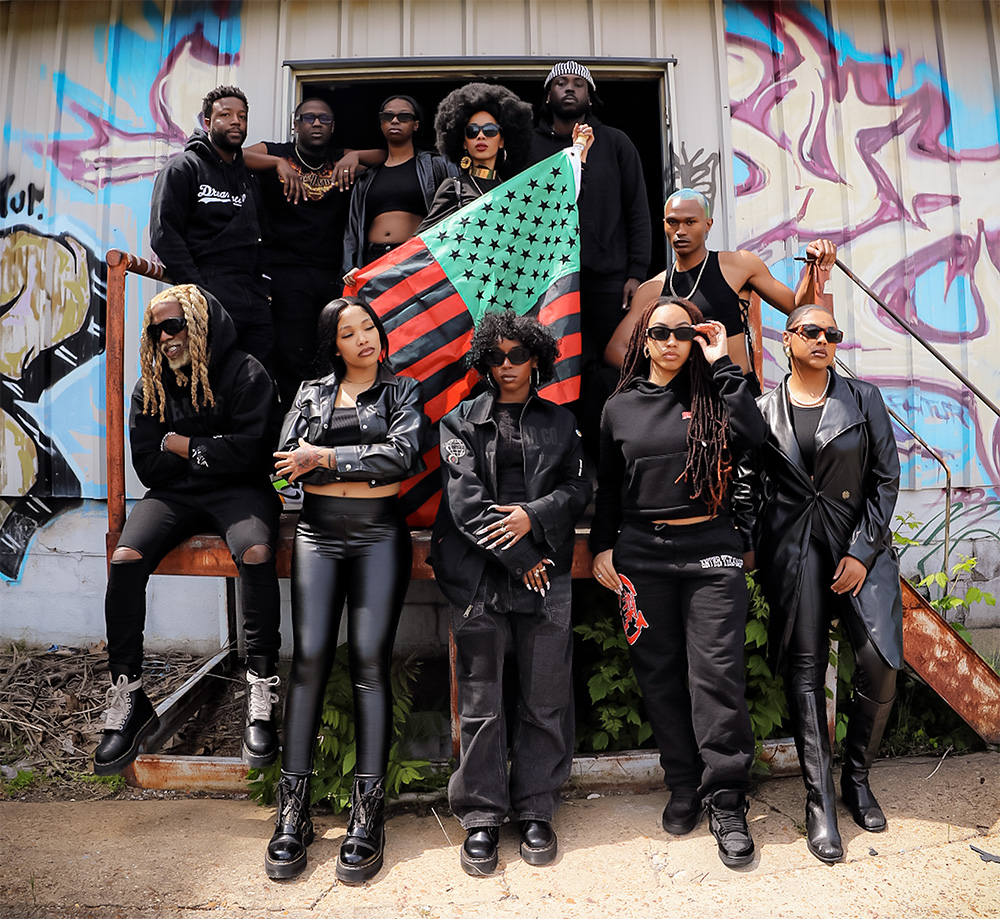
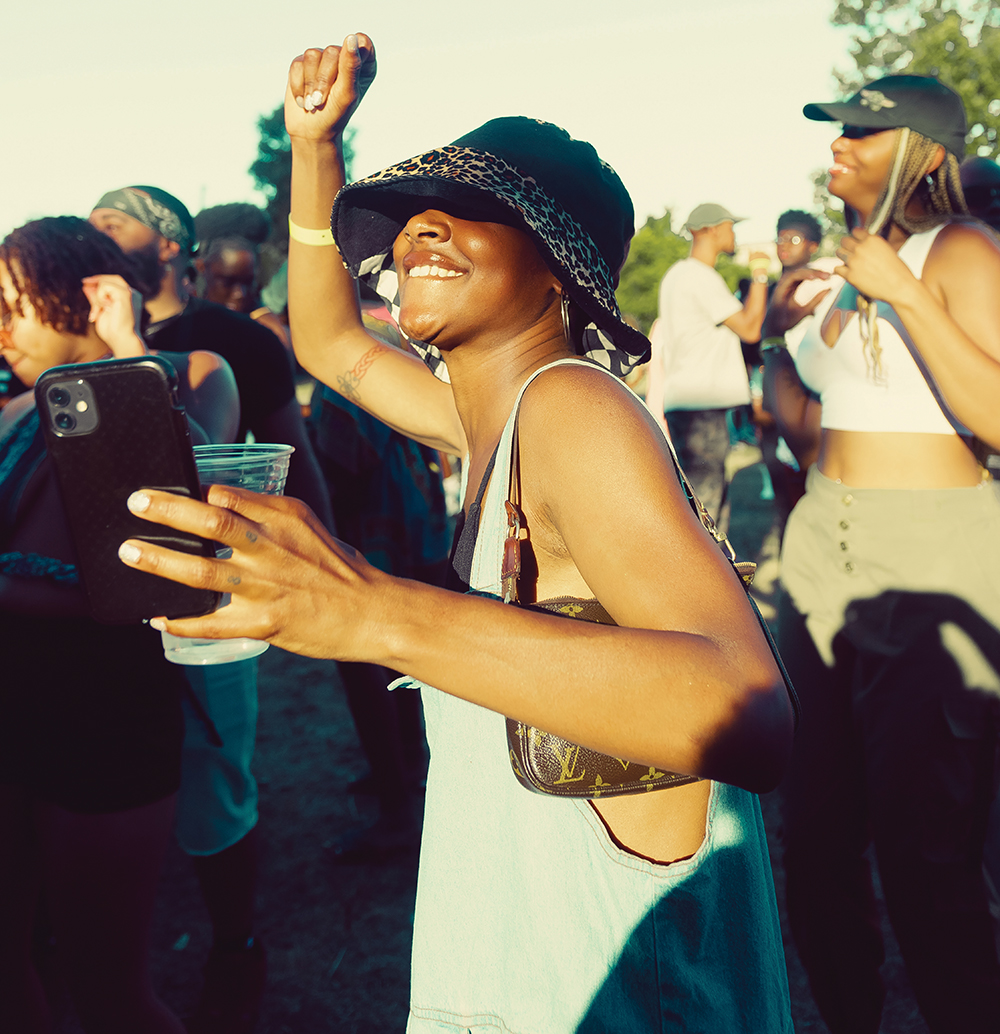
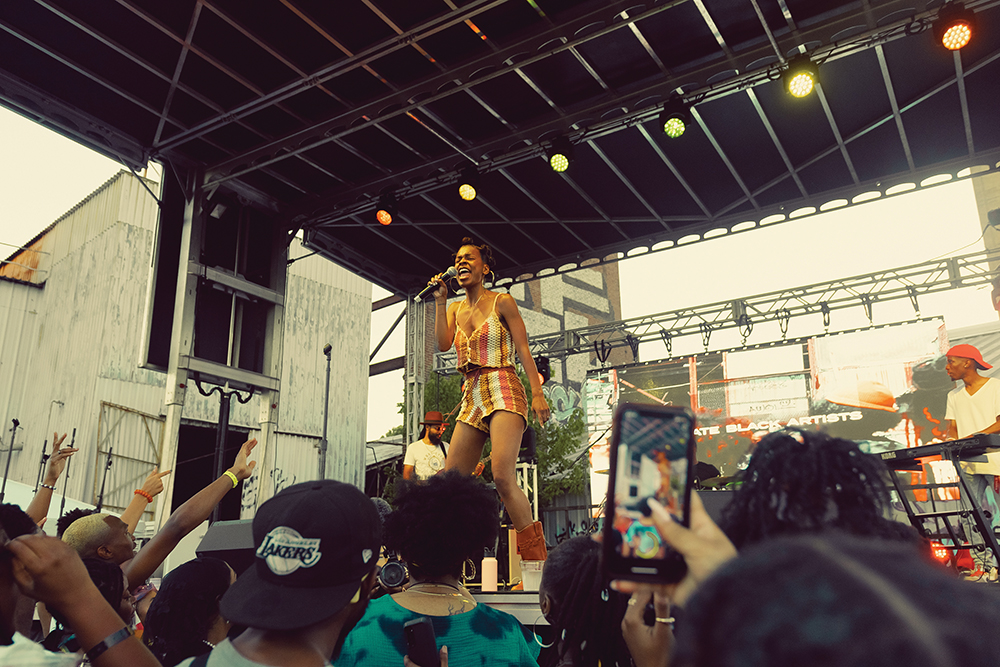
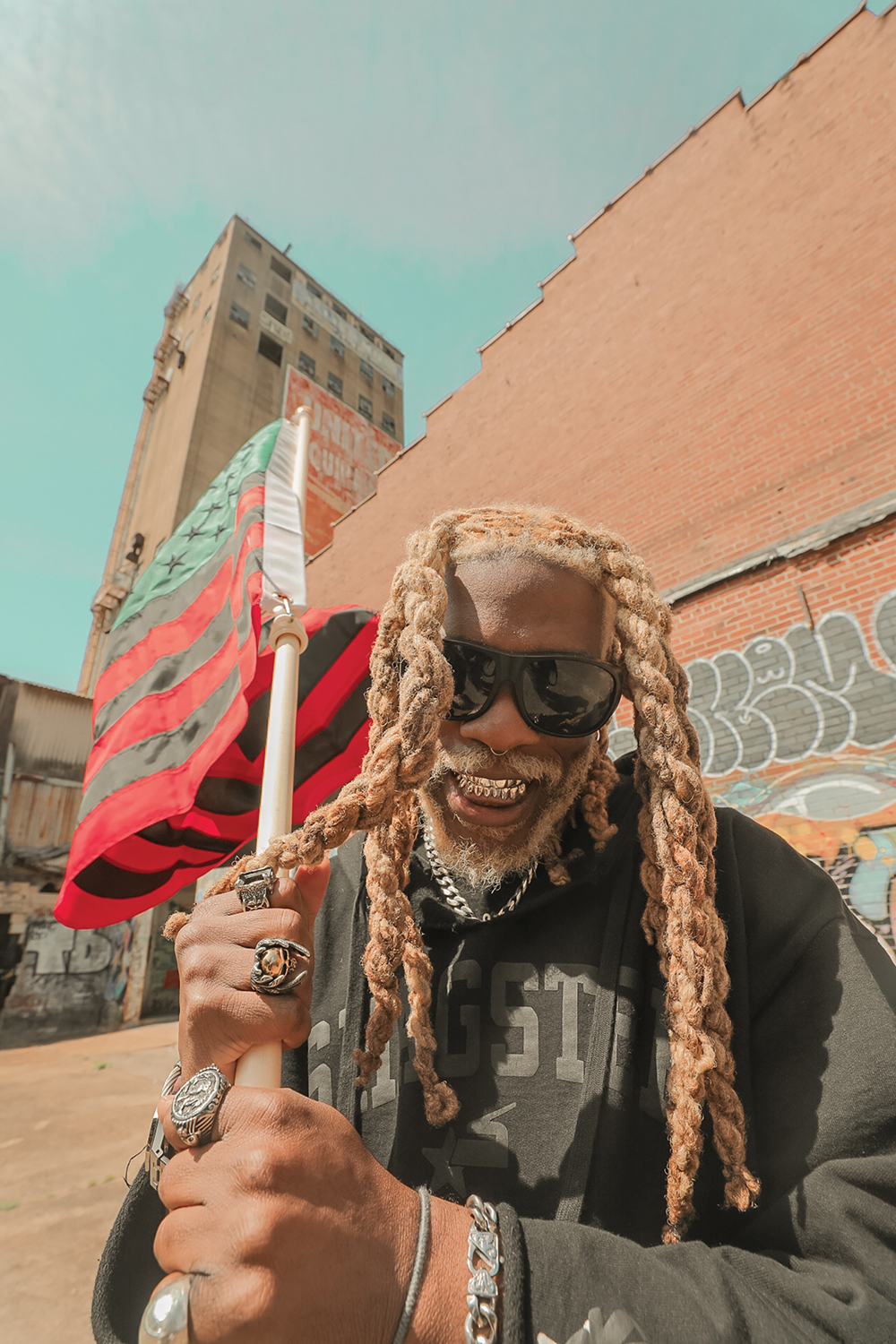

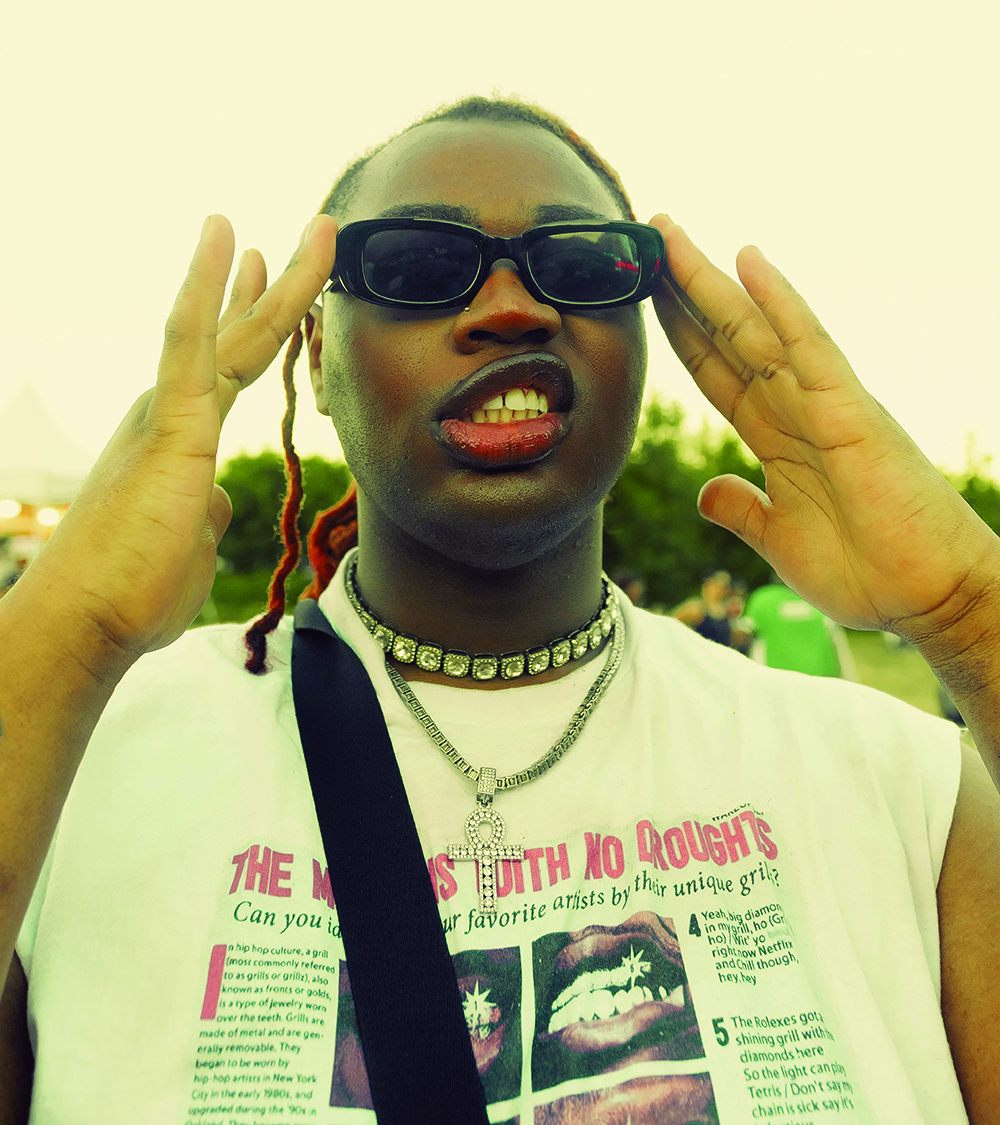
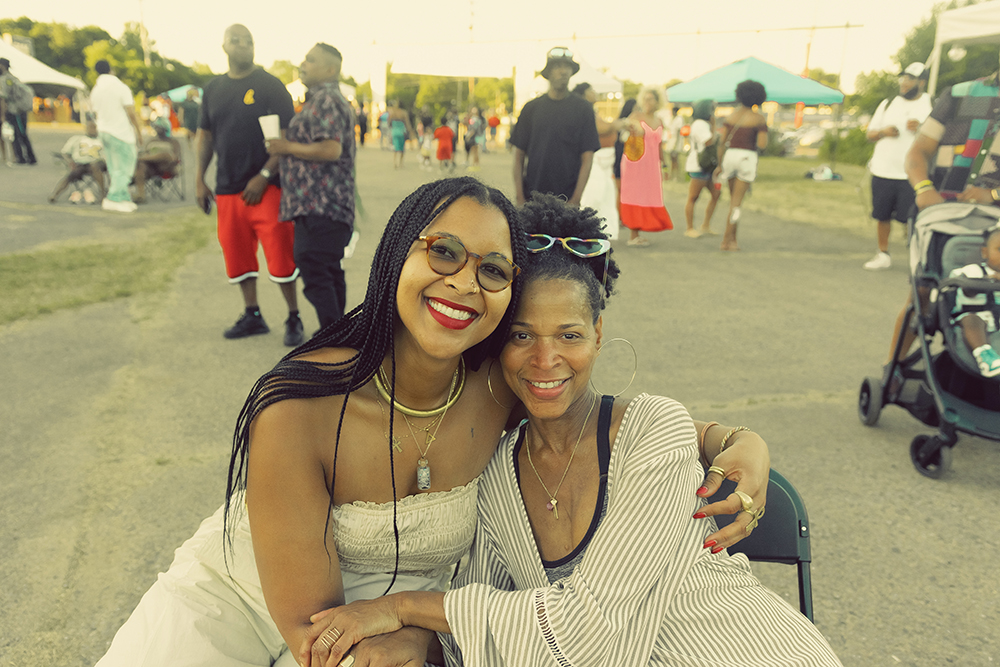
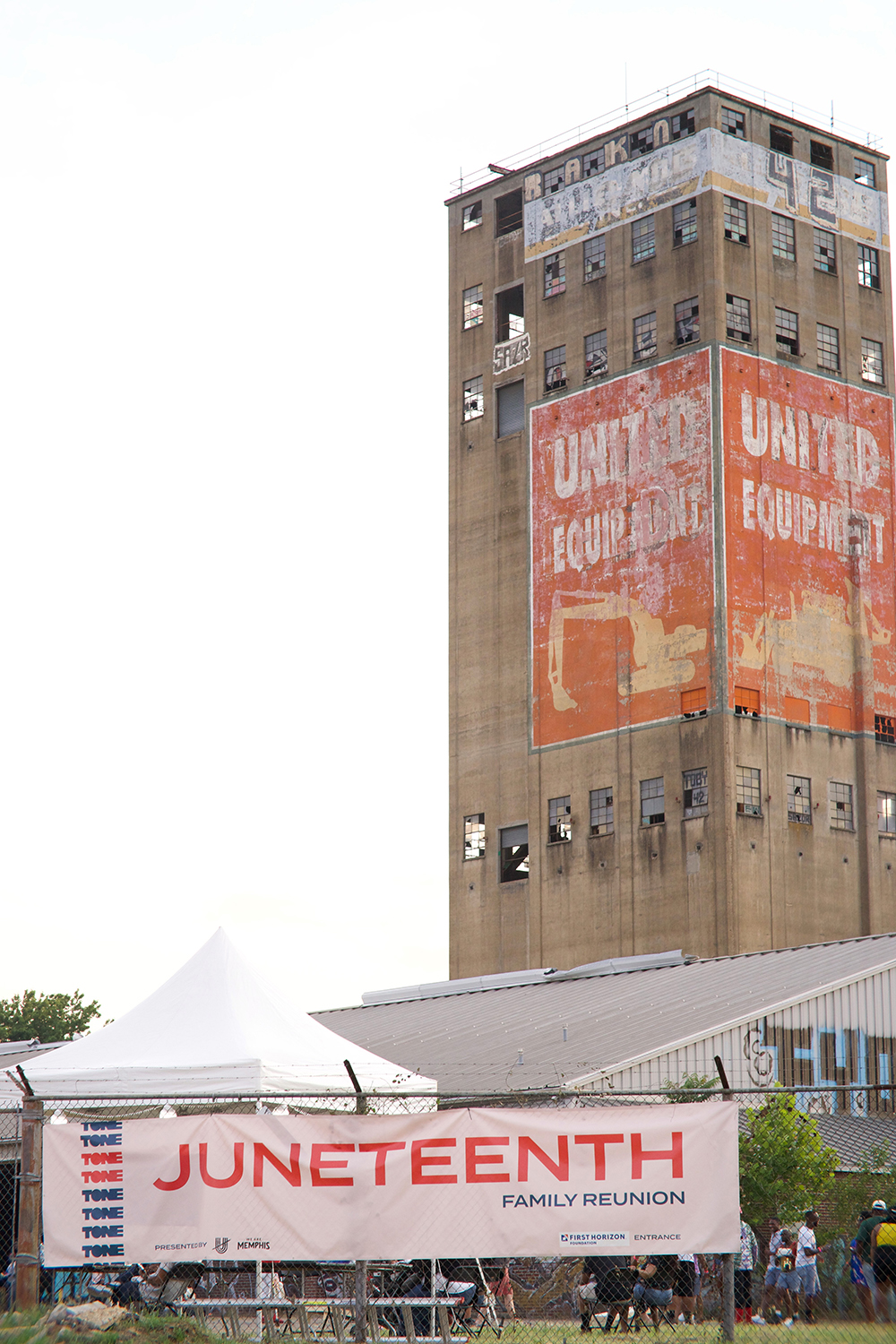


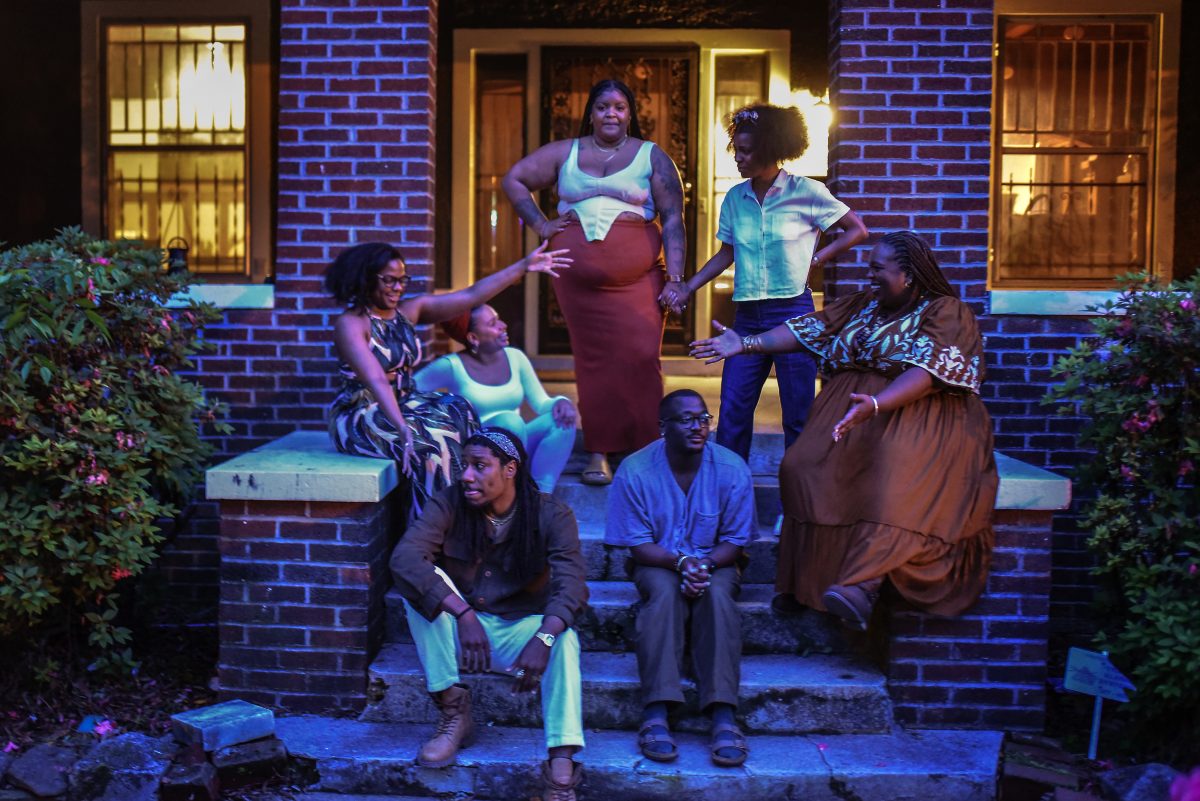
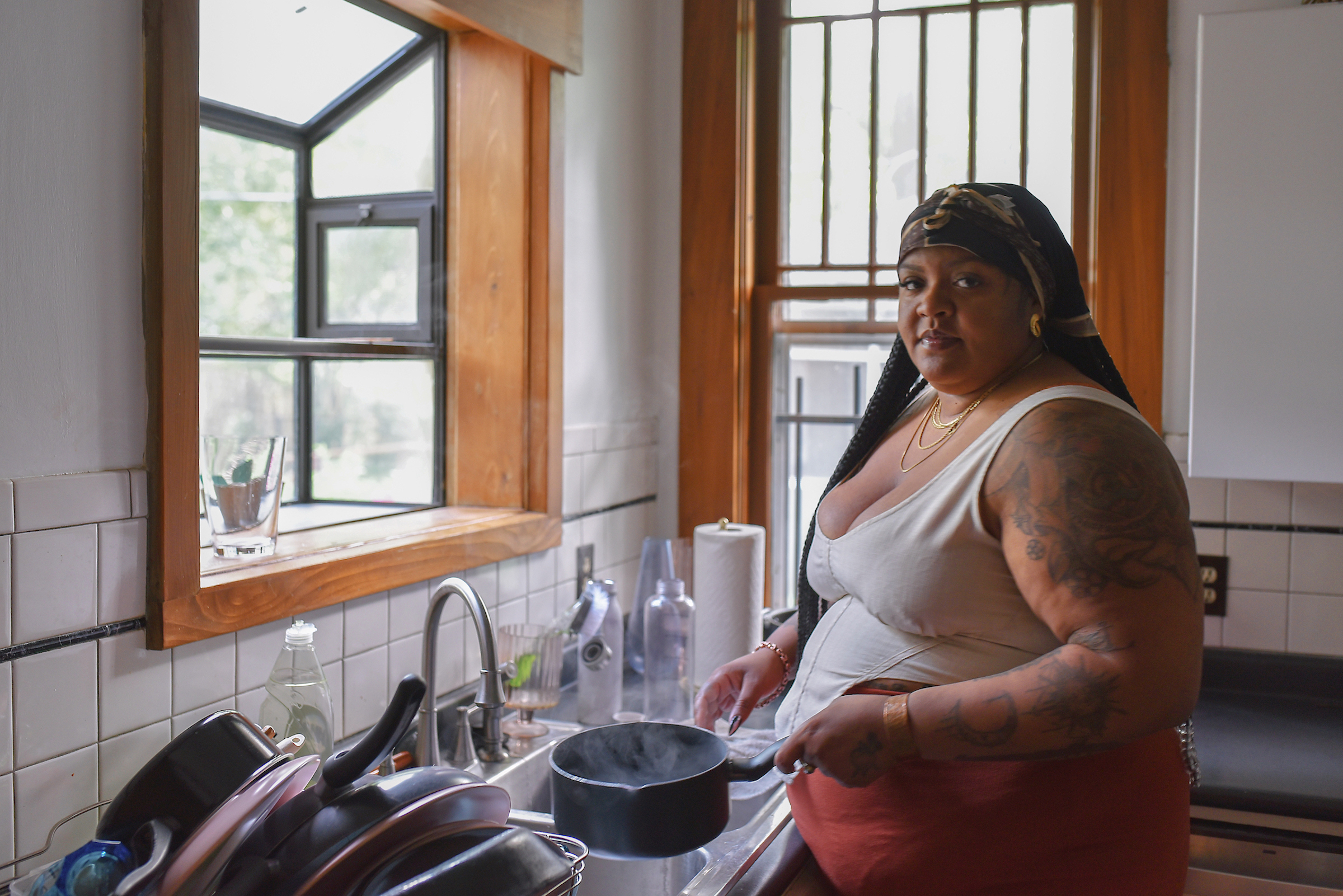

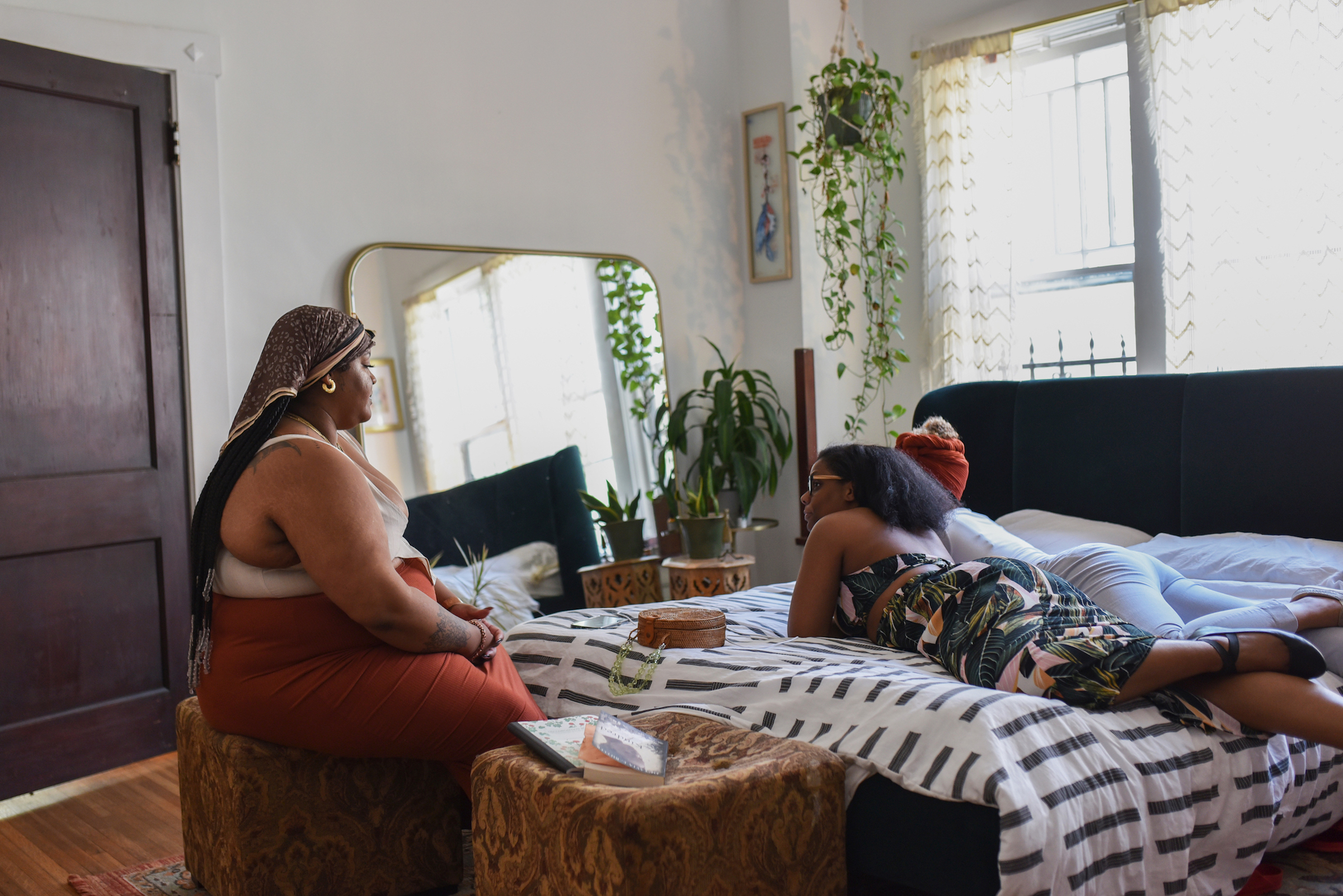

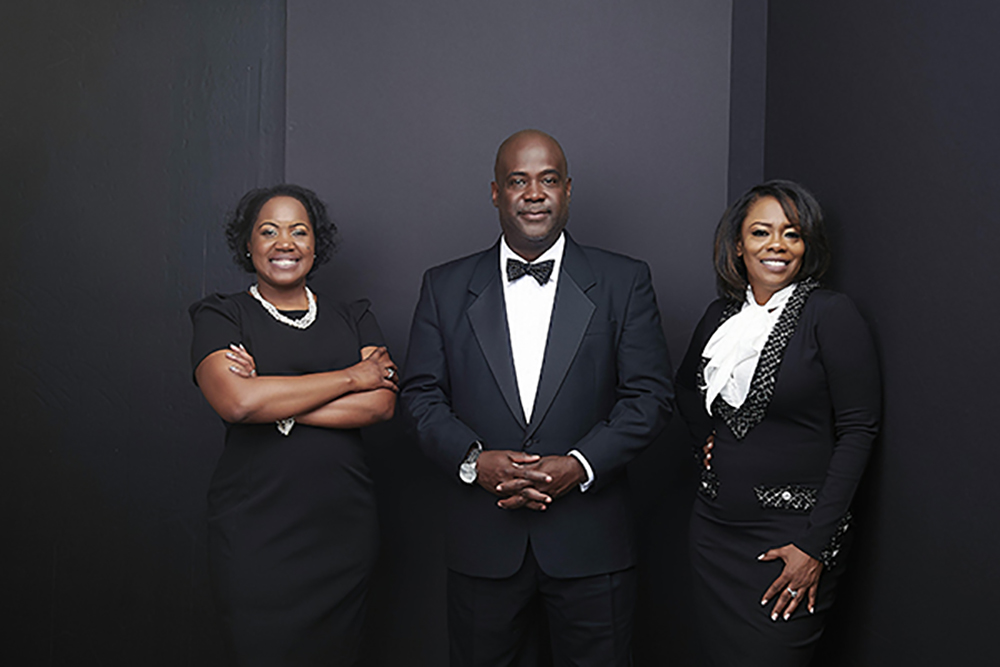

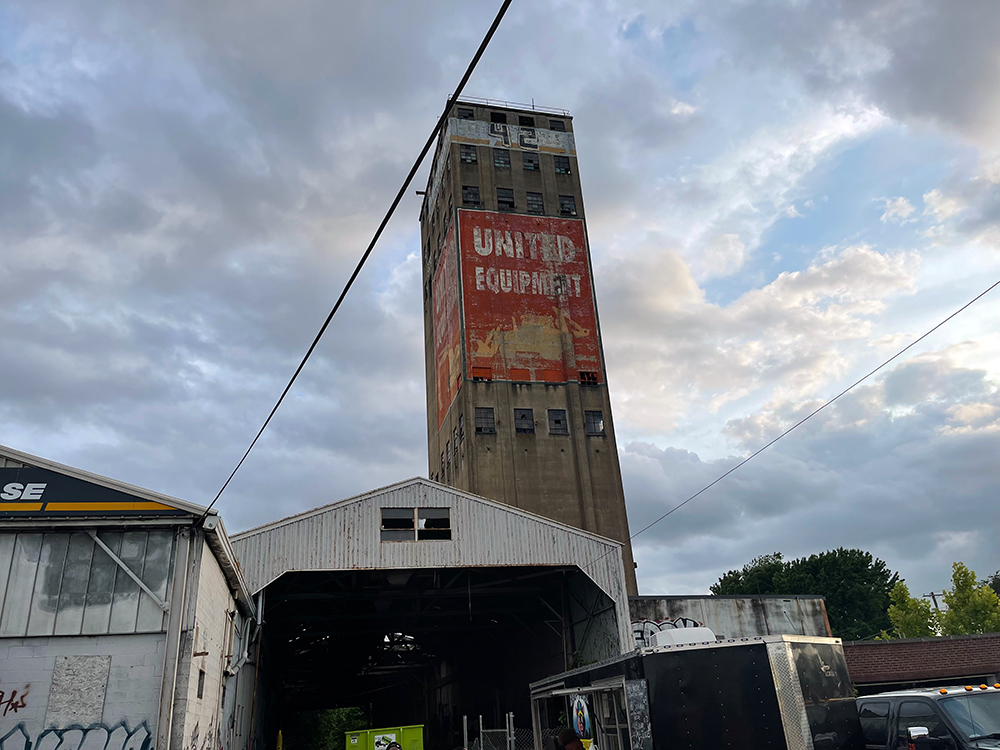


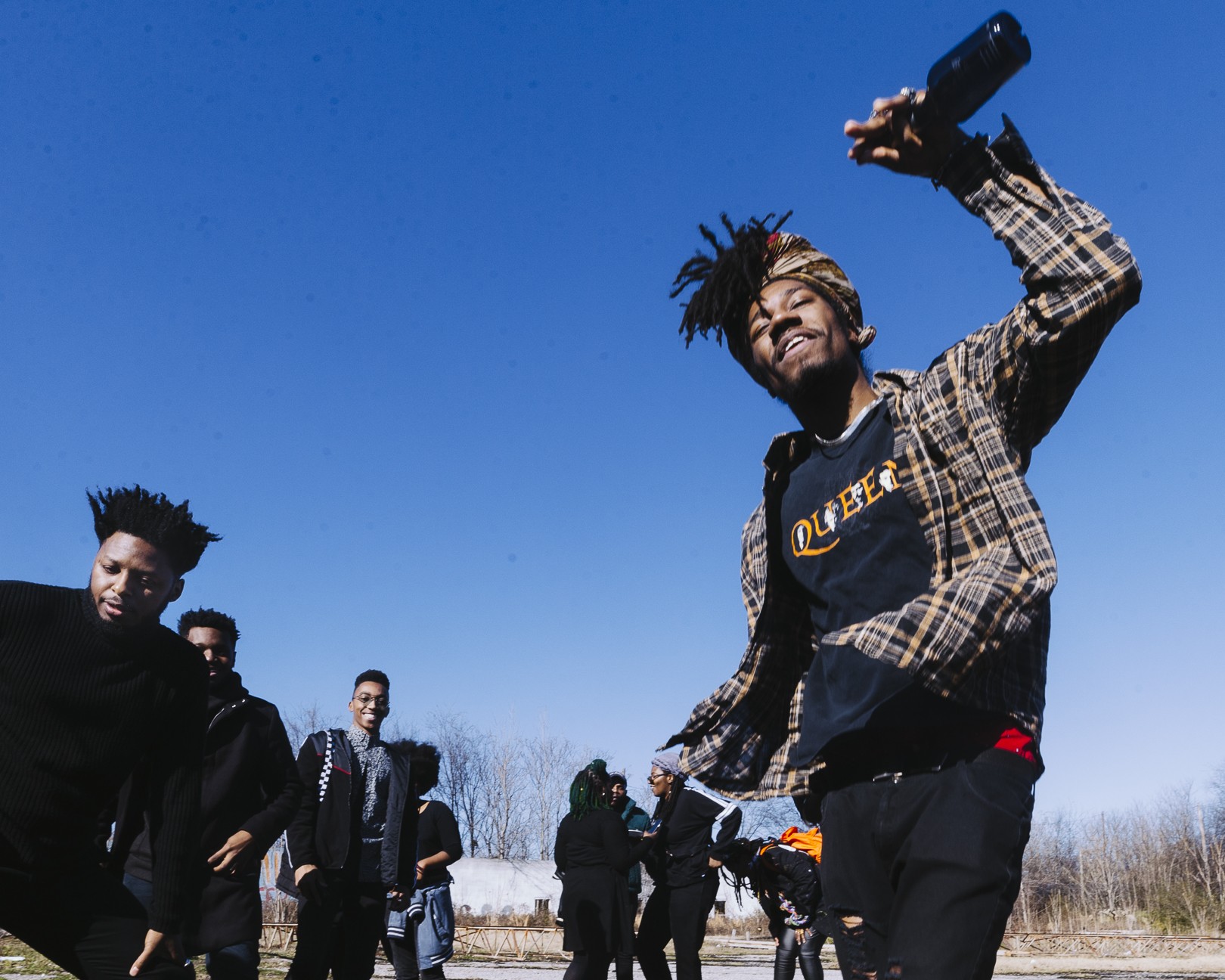 Ziggy Mack
Ziggy Mack